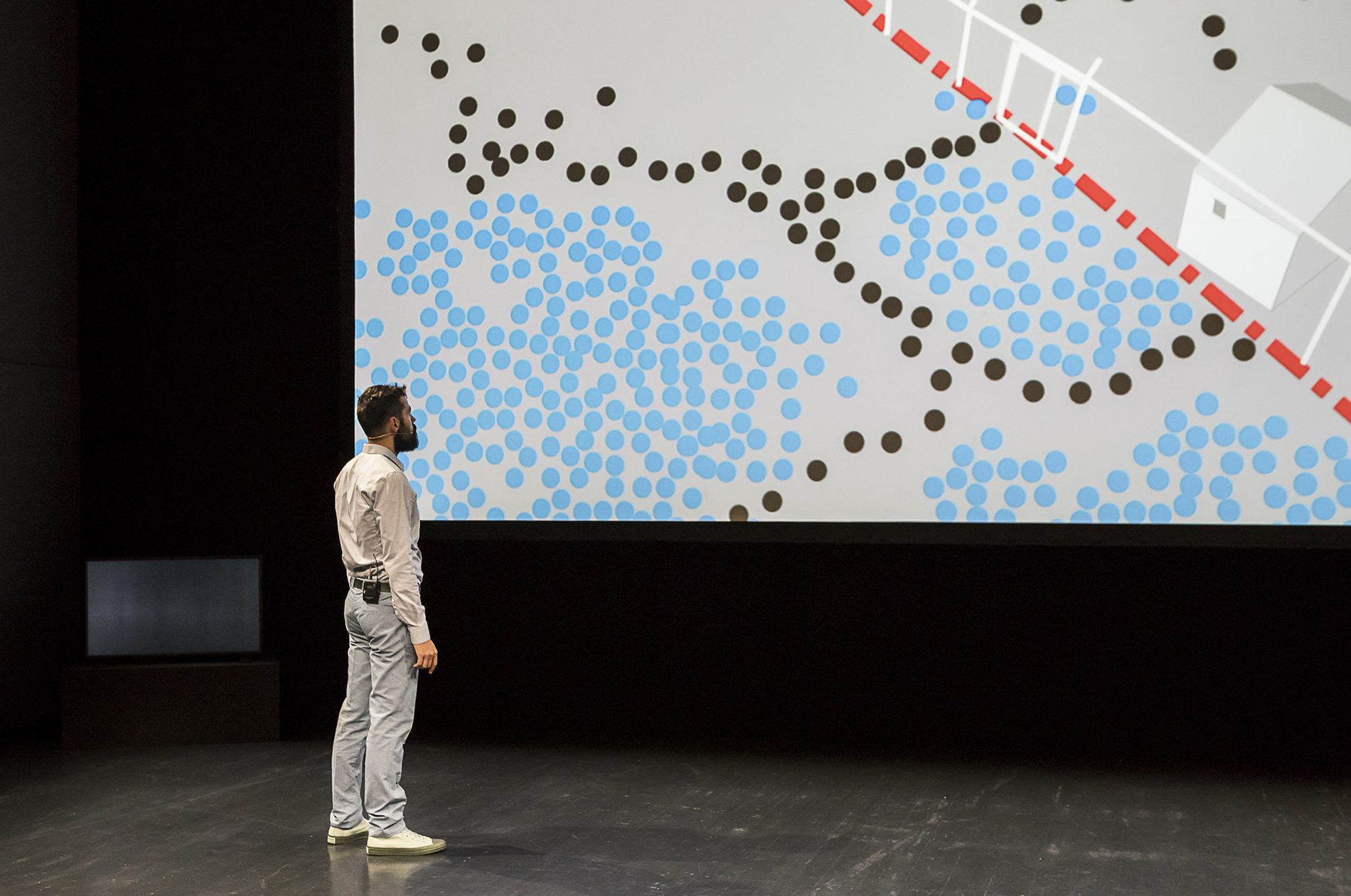An Archaeology of the Theory of Ostran(n)enie
Abstract
Russian Formalism’s foundational manifesto, Viktor Shklovsky’s “Art as Technique”, revolves around the Russian neologism ostranenie, best translated as making strange. The very inception of “Art as Technique” was part of the cultural reception of early cinema in Russia, as I argue, referring to Yuri Tsivian’s famous study with this title. Furthermore, I argue that two related contemporary phenomena inspired Shklovsky to coin this neologism ostranenie: the techniques used in the early so-called film shows, which exploited the new performative and expressive potential of the Lumière Brother’s cinematograph to make humans and objects look strange; and the avant-garde performances created by Shklovsky’s Futurist friends, who were inspired by these early film shows and exploited and celebrated the special evocative and expressive potential in their poetry performances to create something similarly strange. In this essay I intend to create a better understanding of Shklovsky’s “Arts as Technique” as a “theory of ostrannenie” which emerged more or less directly from the avant-garde celebration of the “strangeness” of the early film shows. To this end, I will present fragments of a cultural archaeology of the then-new medium, film; and an excavation of its initial novelty and estranging effects.
Downloads
References
Beilenhoff, Wolfgang (ed.), Poetika Kino. Theorie und Praxis des Films im russischen Formalismus, Frankfurt am Main, Suhrkamp, 2005.
Boym, Svetlana, “Poetics and Politics of Estrangement: Victor Shklovsky and Hannah Arendt”, Poetics Today, 26.4 (2005): 581–611.
Ėjchenbaum, Boris, “La teoria del ‘metodo formale’”, I formalisti russi: teoria della letteratura e metodo critico, Ed. Tzvetan Todorov, Torino, Einaudi, 1968 [or. 1926]: 29-72.
Erlich, Victor, “Russian Formalism”, Journal of the History of Ideas, 34.4 (1973): 627-38.
Gunning, Tom, “An Aesthetic of Astonishment: Early Film and the (In)credulous Spectator”, Viewing Positions. Ways of Seeing Film, Ed. Linda Williams, New Brunswick, Rutgers University Press, 1994: 114-133.
Id., ”Re-Newing Old Technologies: Astonishment, Second Nature, and the Uncanny in Technology from the Previous Turn-of-the-Century”, Rethinking Media Change: The Aesthetics of Transition, Ed. David Thourburn and Henry Jenkins, Cambridge, MIT Press, 2003: 39-60.
Id., “The Cinema of Attractions. Early Film, Its Spectator and the Avant-Garde”, Early Cinema. Space, Frame, Narrative, Ed. Thomas Elsaesser, London, BFI, 1990: 229-35.
Lemon, Lee T., and Marion J. Reis, “Introduction,” Russian Formalist Criticism: Four Essays, Lincoln, University of Nebraska Press, 1965: ix-xvii.
Markov, Vladimir, “Russian Futurism and Its Theoreticians”, The Avant-Garde Tradition in Literature, Ed. Richard Kostelanetz, Buffalo, Prometheus Books, 1982: 168-75.
Mulvey, Laura, Death 24x a Second: Stillness and the Moving Image, London, Reaktion Books, 2006.
Naiman, Eric, “Shklovsky’s Dog and Mulvey’s Pleasure: The Secret Life of Defamiliarization”, Comparative Literature, 50.4 (1998): 333-52.
Sheldon, Richard, “Introduction”, A Sentimental Journey, New York: Cornell University Press, 1970.
Id., “Introduction”, Literature and Cinematography, Champaign & London: Dalkey Archive Press, 2008.
Šklovskij, Viktor, Viaggio sentimentale. Ricordi 1917-1929, Bari, Di Donato, 1966 [or. 1923].
Id., Majakovskij, Milano, Il Saggiatore, 1967 [or. 1941].
Id., “L’arte come procedimento”. I formalisti russi: teoria della letteratura e metodo critico, Ed. Tzvetan Todorov, Torino, Einaudi, 1968 [or. 1916]: 73-94.
Id., Il punteggio di Amburgo, Bari, Di Donato, 1969 [or. 1928].
Id., “La resurrezione dela parola”, La semiotica nei Paesi slavi: programmi, problem, analisi, Ed. Carlo Prevignano, Milano, Feltrinelli, 1979 [or. 1914]: 101-8.
Tsivian, Yuri, Early Cinema in Russia and its Cultural Reception, London & New York, Routledge, 1994.
Id., “The Gesture of Revolution or Misquoting as Device”, Ostrannenie: ”Strangeness” and the Moving Image: The History, Reception, and Relevance of a Concept, Ed. Annie van den Oever, Amsterdam, Amsterdam University Press, 2010: 21-32.
Van den Oever, A.M.A (ed.), Ostrannenie: On “Strangeness” and the Moving Image: The History, Reception, and Relevance of a Concept, Amsterdam, Amsterdam University Press, 2010 (2010a).
Id., “Introduction: Ostran(n)enie as an ‘Attractive’ Concept.” Ostrannenie: On “Strangeness” and the Moving Image: The History, Reception, and Relevance of a Concept, Ed. Annie van den Oever, Amsterdam, Amsterdam University Press, 2010 (2010b): 11-20.
Id., “Ostranenie, ‘The Montage of Attractions’ and Early Cinema’s ‘Properly Irreducible Alien Quality’”, Ostrannenie: On “Strangeness” and the Moving Image: The History, Reception, and Relevance of a Concept, Ed. Annie van den Oever, Amsterdam, Amsterdam University Press, 2010 (2010c): 33-60.
Id., Sensitizing the Viewer: The Impact of New Techniques and the Art Experience, Groningen & Amsterdam, University of Groningen, Amsterdam University Press, & Stedelijk Museum Amsterdam, 2011.
Id., “The Medium-Sensitive Experience and the Paradigmatic Experience of the Grotesque, ‘Unnatural’, or ‘Monstrous”, Leonardo 46.1 (2013): 88‑9.
Van den Oever (ed.), Technē/Technology: Researching Cinema and Media Technologies – Their Development, Use, and Impact, Amsterdam, Amsterdam University Press, 2014.
Wellek, René, “Russian Formalism”, The Avant-Garde Tradition in Literature, Ed. Richard Kostelanetz. Buffalo, Prometheus Books, 1982: 155-67.
Copyright Notice
You are free to copy, distribute and transmit the work, and to adapt the work. You must attribute the work in the manner specified by the author or licensor (but not in any way that suggests that they endorse you or your use of the work).









